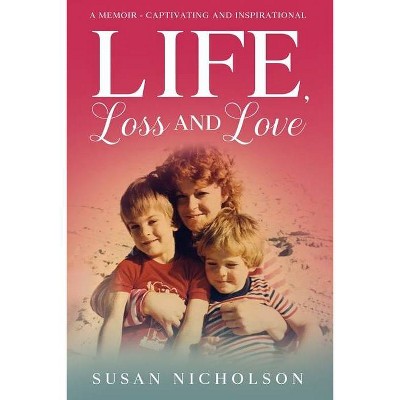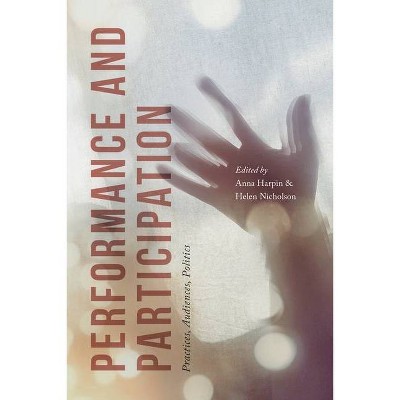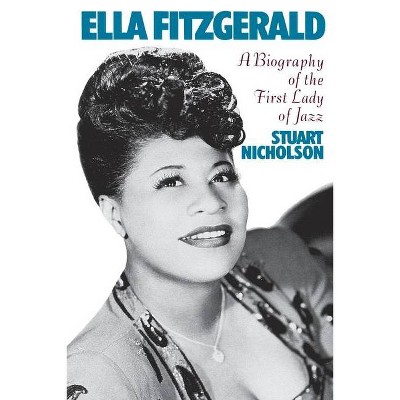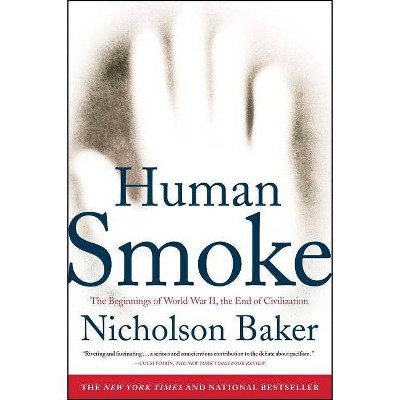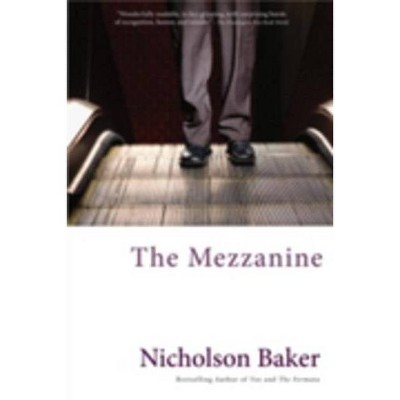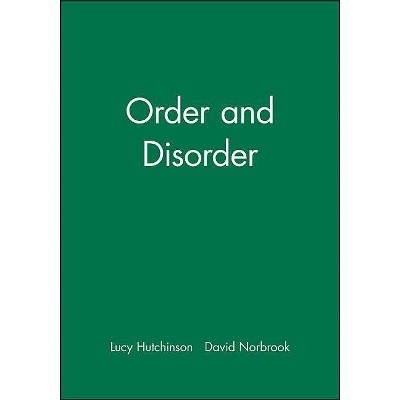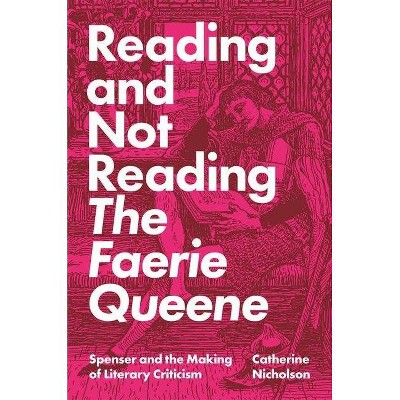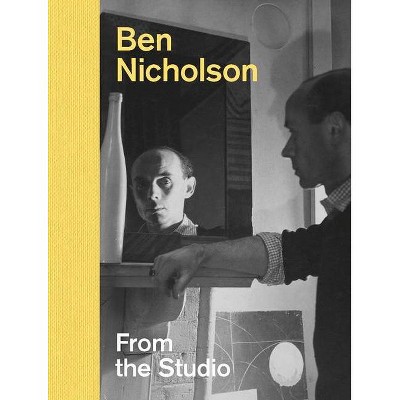Ben Nicholson: Intuition and Order - (Paperback)
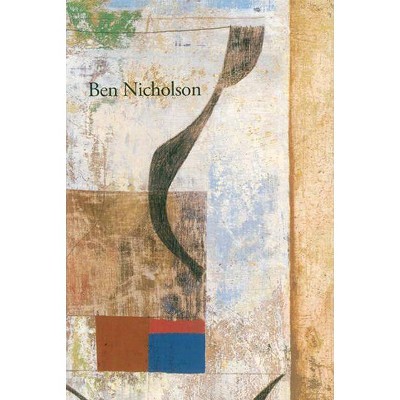
Similar Products
Products of same category from the store
AllProduct info
<p/><br></br><p><b> About the Book </b></p></br></br>Ben Nicholson (1894-1982) is widely considered to be one of the most important artists to have emerged from Britain in the last hundred years. In the early 1920s he first saw Cubist paintings and began producing Cubist-influenced works: other informative influences included the Cornish naive painter Alfred Wallis; the sculptor Barbara Hepworth, who became his second wife; and the avant-garde artists he encountered in Paris that included Braque, Mondrian, and Picasso.<P>In 1934 he made the first of a series of white reliefs that were hailed as the most uncompromisingly avant-garde works produced by any English artist, bringing him to international prominence. In 1939, Nicholson and Hepworth returned to live in St Ives, in Cornwall, England, where he was to remain for the next two decades, becoming the nucleus of the school of artists that was at the vanguard of a British modern movement.<P>Accompanying a major touring exhibition, this fully illustrated survey concentrates on the years Nicholson spent in Britain, before he left to live in Switzerland in 1959. Works discussed date from the 1920s through to the 1950s, and range from landscape drawings and paintings, Cubist still lifes, and a range of the both abstract and landscape-inspired works he made in St Ives during World War II. With essays by leading authorities on Nicholson, this book will shed light on aspects of Nicholson's work and inspiration that have previously been overlooked or misunderstood, deepening our appreciation of the achievements of one of the most influential British artists of the 20th century.<p/><br></br><p><b> Book Synopsis </b></p></br></br>Ben Nicholson (1894-1982) is a pioneer of abstract art in Britain. An equal if younger colleague of Mondrian, he carved reliefs in an austere geometric style, working toward a pure abstraction that culminated in his celebrated <i>White Reliefs</i>. These works placed Nicholson as a leader of the Constructivist movement in London during the 1930s and 1940s. It was during the 1950s that Nicholson achieved real fame; his paintings of this period owe much to older art, particularly the works of the early Italian Renaissance painters such as Giotto and Piero della Francesca. After being commissioned to make a mural for the Festival of Britain in 1951, he had his first retrospective outside Britain at the Detroit Institute of Art in 1952. Retrospectives at the Tate and a first prize at the São Paulo Biennale followed. This volume offers a concise survey of his career.
Price History
Price Archive shows prices from various stores, lets you see history and find the cheapest. There is no actual sale on the website. For all support, inquiry and suggestion messages communication@pricearchive.us
